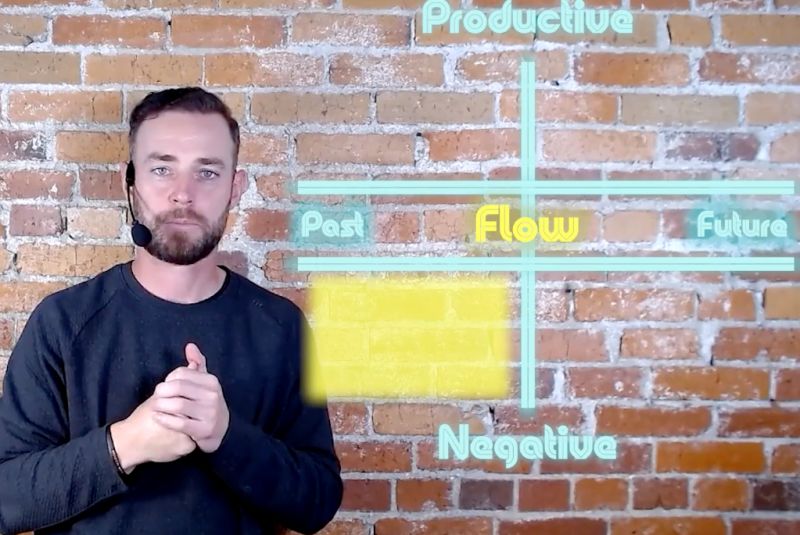Think Above the Line: Confidence
It is Mindset Monday at Real Frequency....Today's topic is PART 3 about the importance of refocusing thoughts that are negative to those that are positive.
THINK ABOVE THE LINE is a concept developed by Collin Henderson, MEd. For more on its construct, please see our first two pieces in the series which focused on the lower quadrants of the model. In summary, if we can identify and redirect negative thoughts, we can take a huge step toward improving the quality of our self-talk. If we can NAME it, we can TAME it.
The two negative (or, “below the line”) concepts that we covered were Shame and Fear. As a quick review, the difference between Shame and Fear is primarily that one is rooted in thoughts about the past and one is rooted in thoughts about the future.
Shame = Past. Fear = Future.
Now it is time to dig in on the positive sides of the self-talk coin. To move us forward, we are going to look at the top left (Northwest) quadrant in the model. This quadrant is focused on thoughts related to Confidence. Confidence is found in Positive thoughts that are focused on the Past. It makes sense that when we need to convince ourselves that we are capable, we look inside our head for proof by trying to conjure up memories of when we had success. It is natural (and good) to think that if I did something well in the past, I can do a similar thing well again now, or in the future.
This is a good thing, but what happens when we cannot find a relevant memory of success? What if we don’t have these thoughts organized in ways that make them easy to access? In truth, these memories may be harder to find than we think they might be. Why? Because the brain tends to hold on tighter to the memories of past FAILURES than it does past SUCCESS. So when we open up the filing cabinet looking for that perfect thought, we often have to sift through all the wrong information before we find the right information. And we may actually get stuck looking at a negative memory (a mistake) than actually finding a positive one.
That is unless we organize our thoughts. Unless we file our past successes neatly, in color-coded folders in alphabetical order (metaphorically speaking). How do we do that? Let’s look at three tools for doing this.
Number one, we think on past successes, we write them down, and we organize them. We put stats to them where we can and we get as detailed as we can regarding our successes and their outcomes. We bring the memories to the surface by thinking hard about them and then capturing them in written form.
Number two, we think on past work (practice, studying, training) and about how much work we have put in to get better. We reminded ourselves that all of the preparation we have put in is going to help lead us to successful competition or performance in the future.
Number three, we think about all of our fans. Our loved ones, teammates, friends and co-workers that love us and believe in us. We write down their names and what it is they’d say about us.
By organizing our positive thoughts in this way, we can use them to counter the negative thoughts which we so naturally gravitate towards. Let the past failure thoughts remain unorganized. Take time to organize the positive past thoughts (past success, past preparation, your loyal fan base) into written form. Study these and know them, so that they are easy to grab onto when we need a boost in confidence.



